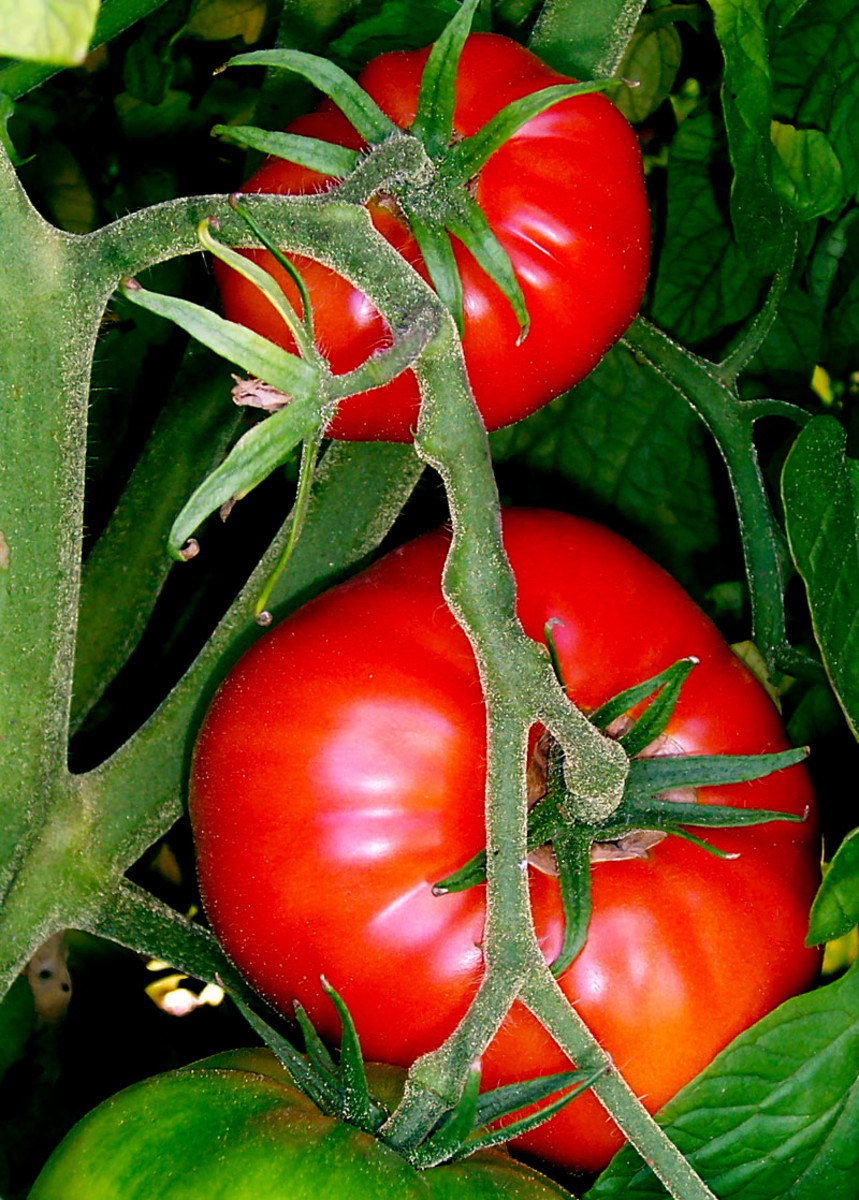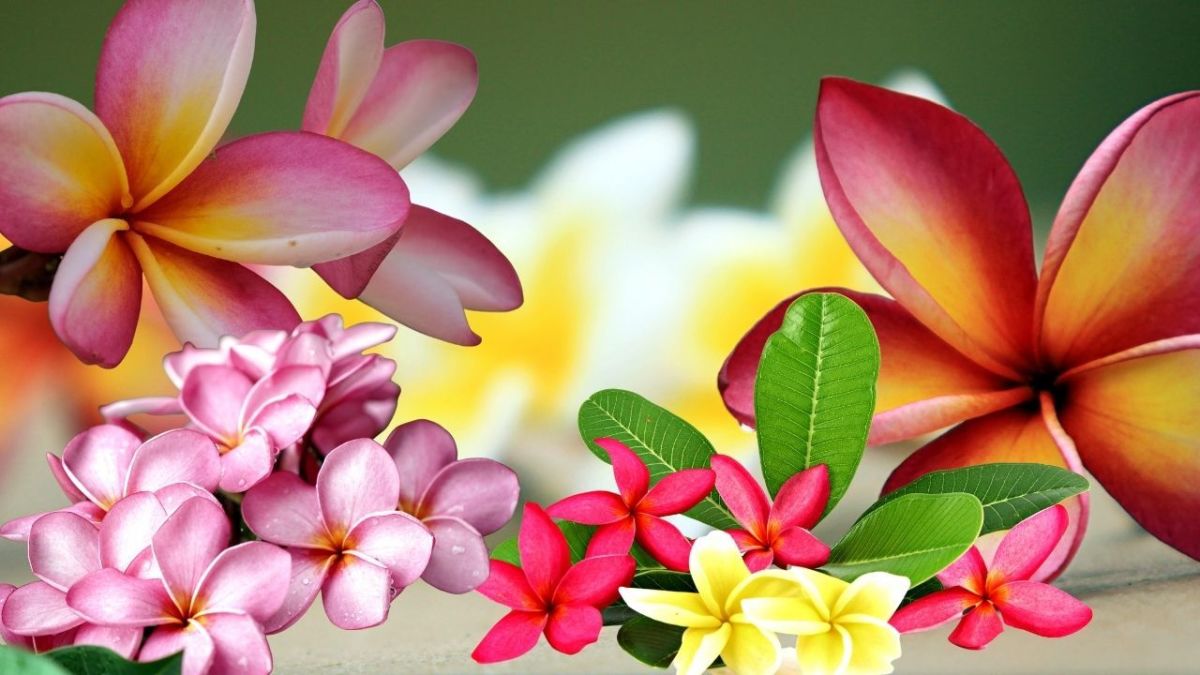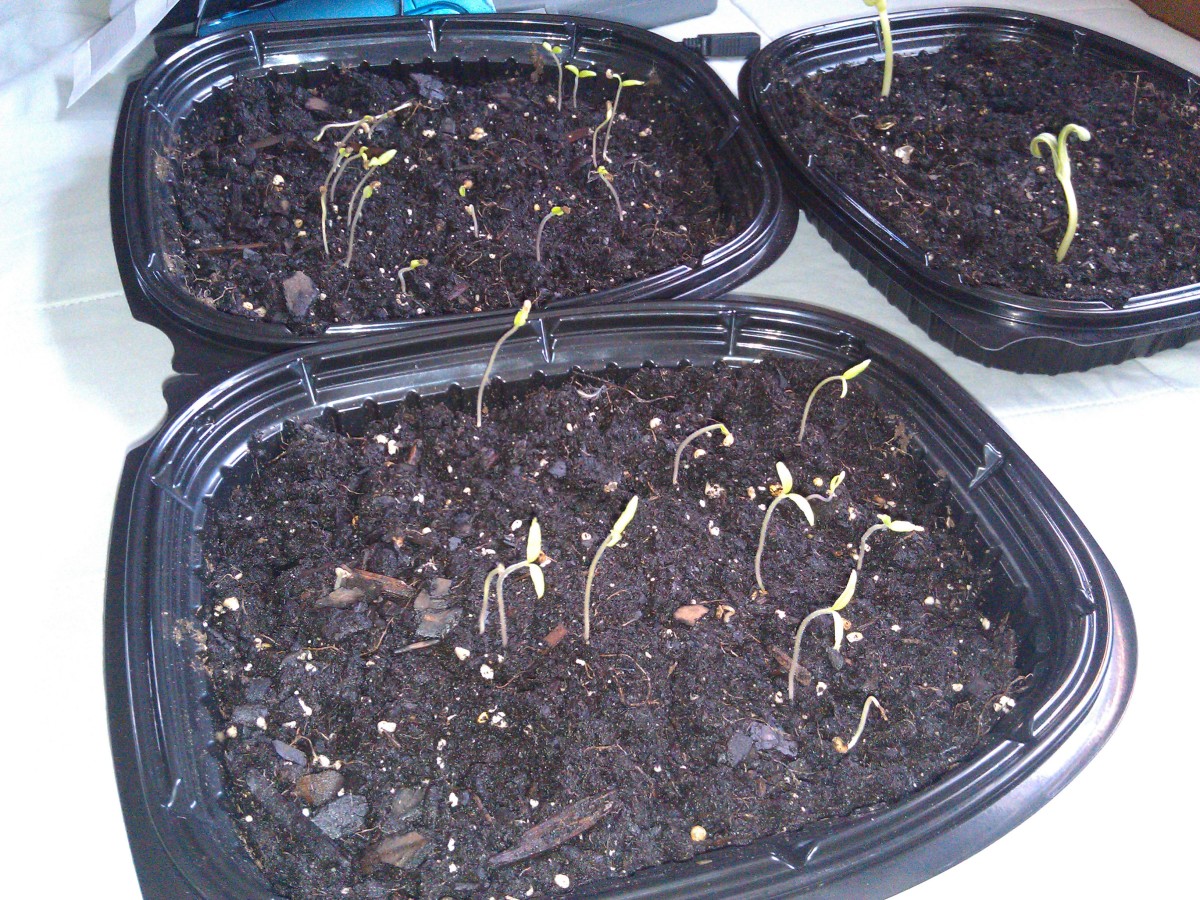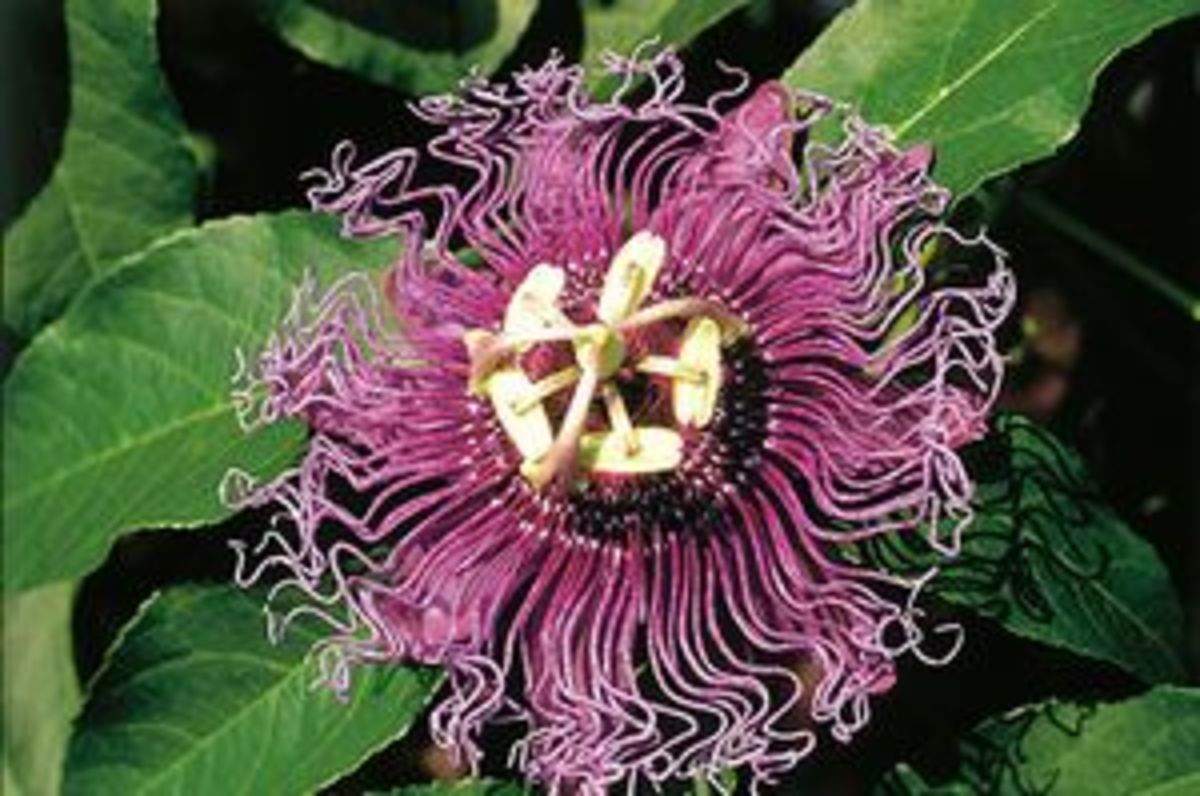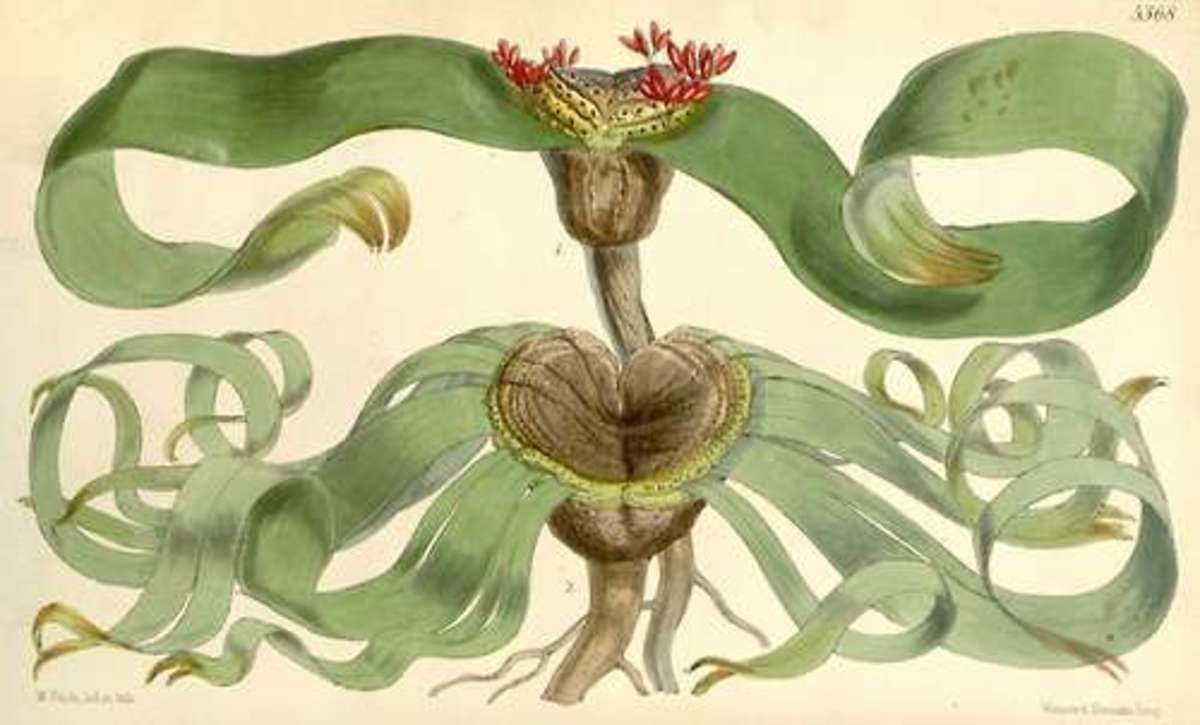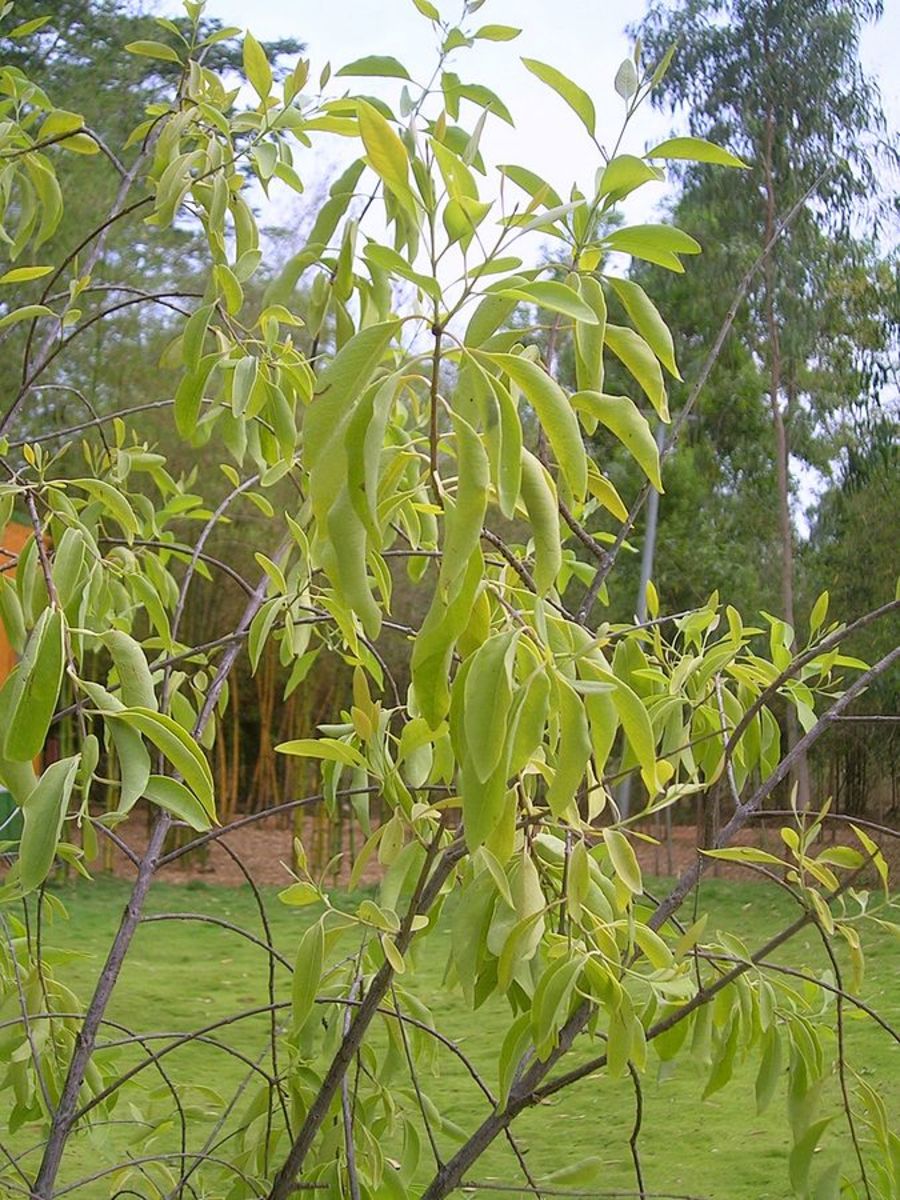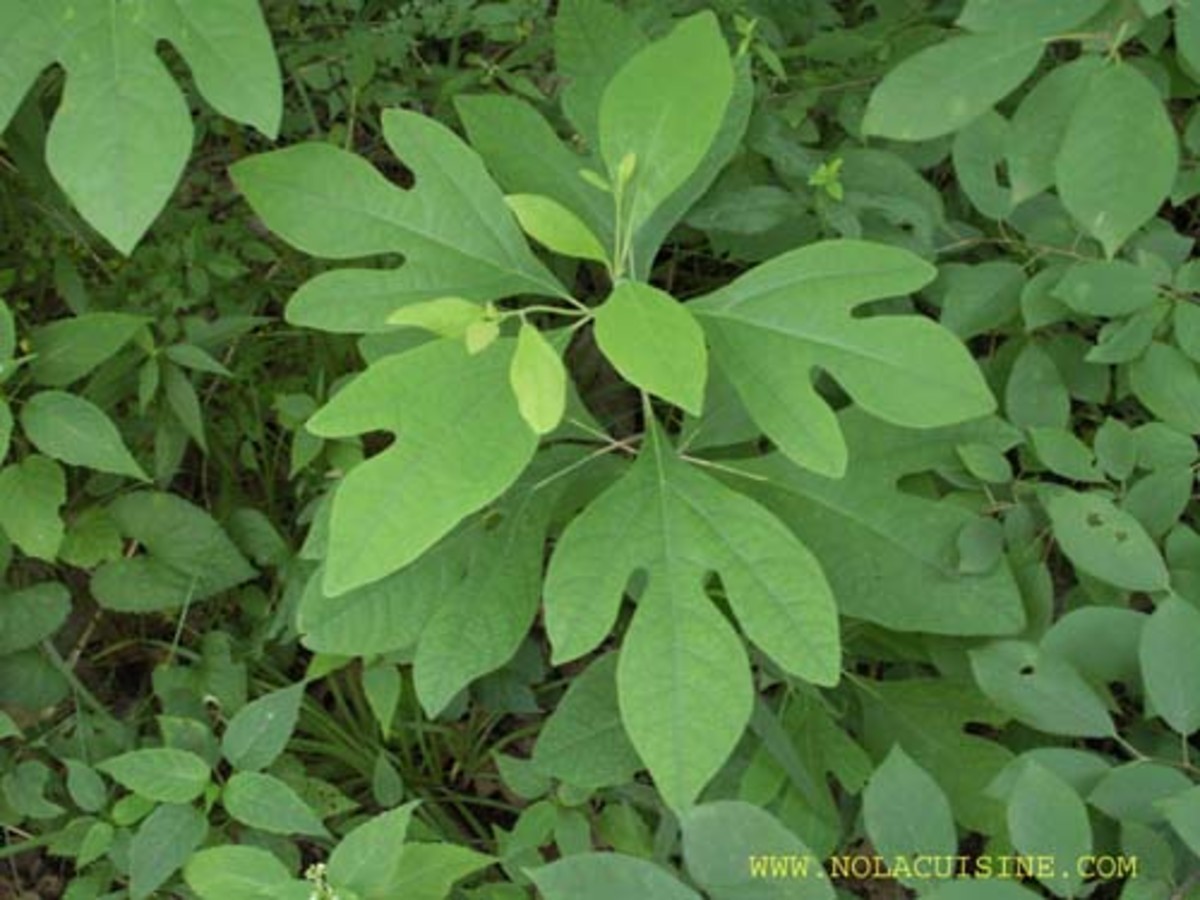Germination: learn how different plants perform the miracle of propagation
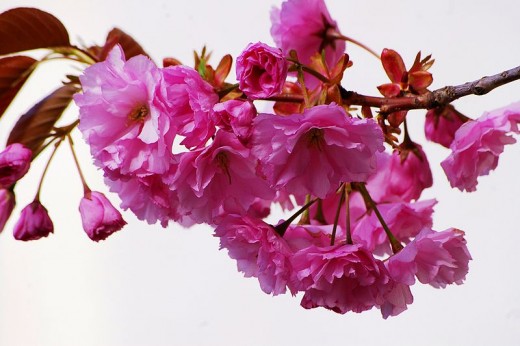
What is germination?
Germination is not giving other people germs. It’s how seeds start growing into plants. If you’ve ever helped grow a vegetable garden or plant flowers you’ve helped seeds germinate. In order for a seed to germinate it must be viable (capable of living.) There are also several other environmental factors that must be present for a seed to start growing.
WATER- Most seeds are dry before they are planted. That’s why they can be sold in little paper packages without going moldy and dying. To germinate they need water. Most seeds need enough water to keep them moist for several days. The moisture softens the seed coat, making it swell and break. Water also softens the food stored in the seed, allowing the growing plant embryo to use it for nourishment.
TEMPERATURE- Different plants need different temperatures to survive. That’s why we plant gardens in the spring. Most plants don’t start growing during the winter, but wait until the soil warms up in the spring.
LIGHT- Although plants need light to grow, seeds can germinate in the dark. That’s important because most seeds are underground when they germinate.

Activity: Check out a seed package
Visit your nearest garden center and look at the seed packages. On the back of each package you will find planting instructions for that seed. If you follow these instructions, your seeds will germinate and the plants should grow to maturity.
Planting Depth- A good general rule of thumb is that the bigger the seed, the deeper it should be planted. This seed package tells us to plant these seeds 1/4 inch deep.
Soil temp.- Some plants do better in cold conditions than others. This section of the information bar says not to plant these seeds until the soil is warmer than 50 degrees fahrenheit.
Days to Germination- This tells you how long it will take for the seeds to start sprouting.
Plant Spacing- Some plants don’t do well if they are crowded. This part shows how far apart your plants should be.
Days to maturity- If you are growing vegetables, this tells you how long it will be until you can eat your harvest. If growing flowers, it tells you when to expect the blossoms to appear.
Sun and water- Some plants do better in full sunlight. Others need more shade. These sections of the seed package tell you that this plant should be planted in full sun and get plenty of water.
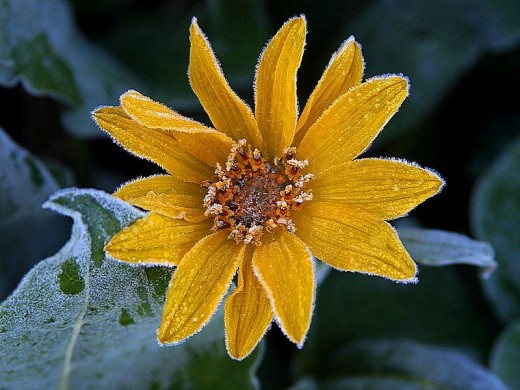
Frost damage to young plants:
Many people enjoy growing vegetable gardens. Sometimes they plant early in the spring and the weather doesn’t cooperate. If temperatures get below freezing, young plants can be damaged or killed. Here are some things you can do to help protect plants from frost damage.
1. Keep track of predicted temperatures by watching a weather forecast or reading the temperature predictions in the newspaper or on the Internet. If predicted temperatures are freezing or below (32 degrees Fahrenheit), you should take some precautions to protect your plants.
2. Cover your plants. During the day plants and soil absorb and store heat from the sun. By covering the plants before sunset you can help retain this heat. Use a sheet of plastic, a lightweight tarp or thin fabric to cover the plants. Be careful not to let the weight of your cover damage the young plants. As soon as the frost is gone in the morning, uncover the plants so they can get some air and sun. Potted plants need extra care because they can lose heat around the roots as well as above the ground. Potted plants should be brought indoors if possible.
What happens when a seed germinates?
When the conditions are right, a seed will germinate and a new plant will start to grow. The first sign that a seed is growing into a plant is the appearance of the root. Next the seed will open and the stem will straighten and start growing upward. Next the leaves will appear and the roots will start to branch.
As long as the growing plant gets the water, nutrients and light it needs, it will continue to grow. Plants are important because they provide food, make oxygen for us to breathe and make our world a more beautiful place to live.
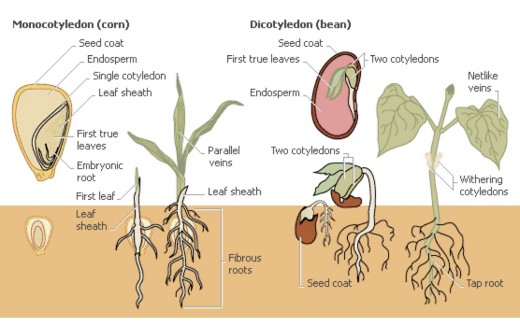
The two basic seed groups - Monocotyledons and Dicotyledons
What is the difference between these two groups of plants? A cotyledon is an important part of a seed and usually they become the first leaves of a growing plant. Seeds with one cotyledon are called monocotyledons or monocots. Mono means one. Plants with two cotyledons are called dicotyledons or dicots. Di means two.
You can tell if a seed is from a monocot or dicot by looking at how it is put together. Some common monocots are grass, corn, wheat, rice, sunflowers and orchids. These seeds will not easily break in two pieces. Common dicots include peanuts, all types of beans, squash and peas. The seeds of dicots can be easily separated into two halves.
Who cares if a plant is a dicot or a monocot?
It might not seem very important to know the difference between monocotyledons and dicotyledons, but knowing can make our lives a lot easier. Many plants that we use for food, like wheat, corn, oats and rice are monocots. We use the seeds of these plants to make bread, cold cereal and pasta.
Scientists have developed chemicals that kill dicots, but not monocots. This makes it so farmers can control the weeds that grow in the fields where they grow grain plants. Another way we can use these chemicals is in our lawns. Some companies have a product that kills broadleaf weeds like morning glory and dandelions and fertilize the lawn at the same time. This is a lot easier than pulling the weeds one at a time.
Monocots
Seeds of monocots are all one piece, like the corn seeds at left. If you try to separate the seed it will probably break into pieces.
The leaves of monocots have veins that run parallel. this means they all run the same direction and don’t branch or overlap

Dicots
The seeds of dicots have two distinct halves that can be separated, like the peanuts shown at right.
Another characteristic is that veins on the leaves all radiate from a single central vein. The veins often branch and interlace.
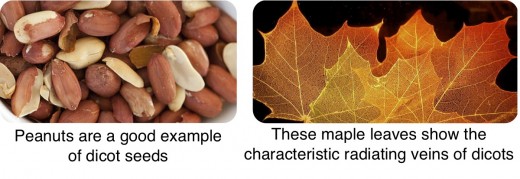
Activity: Monocot or dicot?
Have your parents buy a can of mixed nuts. Separate the nuts into piles of those that are monocots and those that are dicots. Remember the key is that monocots are one piece and dicots can be separated quite easily into two pieces. Although most of the “nuts” in the can are not really nuts, but really seeds, many snack foods are called nuts.
Here is a list that might help you:
Common dicotyledonous “nuts”: peanut, cashew, walnut, pecan, almond
Common monocotyledonous “nuts”: brazil nut, corn nuts


